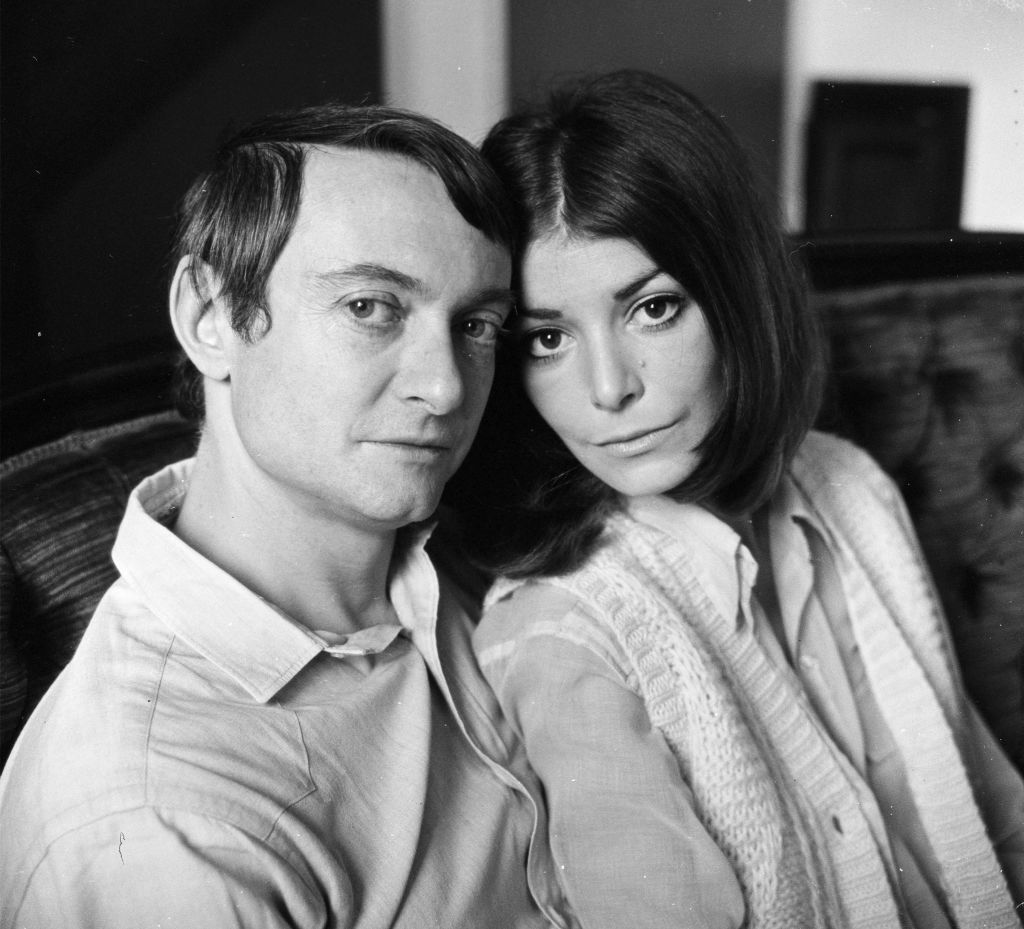Dorothy Lichtenstein, the philanthropist widow to Pop artist Roy Lichtenstein and the cofounder of his eponymous foundation, died on July 4. She was 84.
References: this article is based on content originally published by
Tessa Solomon on ARTnew. You can read the full article here.
The news was confirmed by her family, who said in the statement: “To us, and a great many others, Dorothy was a powerful model of how to be in the world. She was kind and deeply empathic, always doing ‘the next right thing’ and treating others with patience, love and tolerance.
References: this article is based on content originally published by
Tessa Solomon on ARTnew. You can read the full article here.
“Maximally generous and well informed about the many causes she supported, she extended her benevolence to family, friends, colleagues and employees, sharing her good fortune with all,” the statement added.
References: this article is based on content originally published by
Tessa Solomon on ARTnew. You can read the full article here.
As president and chief patron of the foundation, Lichtenstein was lauded for her commitment to her late husband’s legacy. Beginning around 2018, the foundation’s prized collection was dismantled and distributed to cultural institutions in the United States.
References: this article is based on content originally published by
Tessa Solomon on ARTnew. You can read the full article here.
The Whitney Museum in New York received 400 artworks across several mediums by Roy—around half of its collection. The Roy Lichtenstein Study Collection, created by the museum shortly thereafter, now represents the world’s largest collection of Roy’s work. The Smithsonian’s Archives of American Art, meanwhile, was bolstered by around a million documents and historical materials.
References: this article is based on content originally published by
Tessa Solomon on ARTnew. You can read the full article here.
“I like the idea of handing it off, and seeing what the future brings,” Dorothy, who was married to Roy from 1968 through his death in 1997, told the New York Times in 2018. “Every 10 years I say, ‘How about winding it up in the next 10 years?’ I don’t want to leave things up in the air.”
References: this article is based on content originally published by
Tessa Solomon on ARTnew. You can read the full article here.
Dorothy Herzka, a self-described “Brooklyn girl,” was born in 1939, and attended high school in the borough before enrolling in Pennsylvania’s Beaver College (since renamed Arcadia University) to study political science with a minor in art history. Her father was a judge in New York, and after graduation in 1963, she moved to Manhattan to work at Bianchini Gallery, on the Upper East Side.
References: this article is based on content originally published by
Tessa Solomon on ARTnew. You can read the full article here.
The following year, the gallery staged the exhibition “The American Supermarket,” through which she met Roy.
References: this article is based on content originally published by
Tessa Solomon on ARTnew. You can read the full article here.
“We asked Roy and Andy [Warhol] if they’d put an image on a shopping bag. I met Roy when he came in to sign the shopping bags,” she told Gagosian Quarterly in 2018.
References: this article is based on content originally published by
Tessa Solomon on ARTnew. You can read the full article here.
“Back then, no one could have known what was going to come of this moment. When I met Roy, I had a broken leg and I was in a cast. A few people like George Segal and Claes Oldenburg signed it,” she said, adding that she hadn’t had the foresight to preserve the cast, because “no one actually thought that anyone was going to make it really big.”
References: this article is based on content originally published by
Tessa Solomon on ARTnew. You can read the full article here.
Even when art stardom did arrive, the couple met it with amusement: “The first time a painting was sold in the double-digit thousands he got a check from Leo [Castelli] and said, “We’re thousandaires!” By the 70s, most of their friends—Warhol, Jasper Johns, and Robert Rauschenberg among them—had left New York City, and the Lichtensteins made their exit to Southampton, on Long Island, where they lived for the remainder of their lives.
References: this article is based on content originally published by
Tessa Solomon on ARTnew. You can read the full article here.
Dorothy became a trustee of the Parrish Art Museum in 2000, and was honored at its annual Midsummer Party in 2009. Per her and Roy’s wishes, the foundation does not award individual grants (“Roy and I always felt that we could never see all the worthy young artists,” she told Vogue), so she became a key benefactor to organizations, including Artists Space and Exit Art. In 2001, the French Ministry of Culture and Communication deemed her an Officier de l’Ordre des Arts et des Lettres.
References: this article is based on content originally published by
Tessa Solomon on ARTnew. You can read the full article here.
In 2018, Dorothy announced that the Lichtenstein Foundation was “winding down,” and that the majority of its collection would be headed to museums. The foundation’s director, Jack Cowart, told the Times that the organization “wanted to get out of the art-holding business.”
References: this article is based on content originally published by
Tessa Solomon on ARTnew. You can read the full article here.
Dorothy said perpetuity was never the point, and that she and Roy—who, in her words, never liked to leave a mess behind—had imagined the foundation’s end “practically since it started.”
References: this article is based on content originally published by
Tessa Solomon on ARTnew. You can read the full article here.
“I would wonder,” she said, “when is this going to be over?”
References: this article is based on content originally published by
Tessa Solomon on ARTnew. You can read the full article here.






